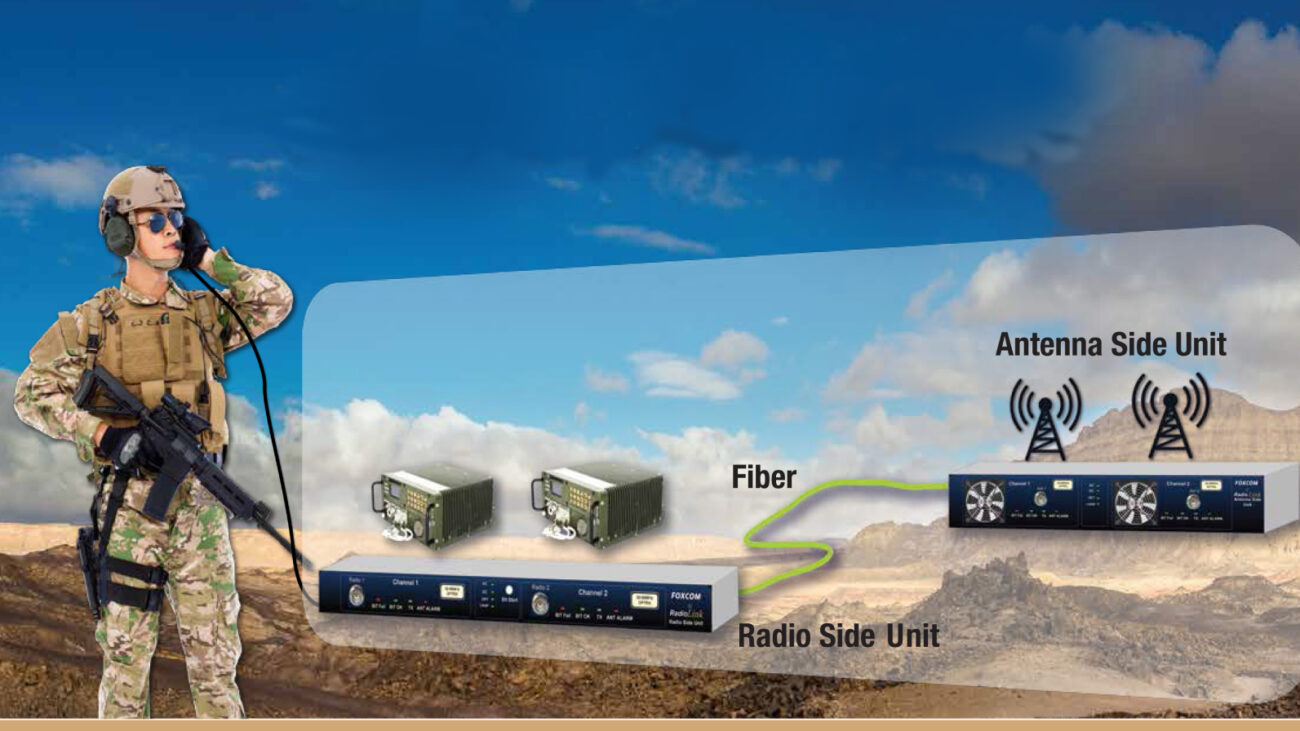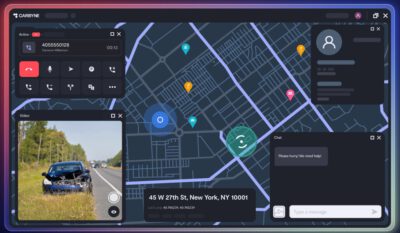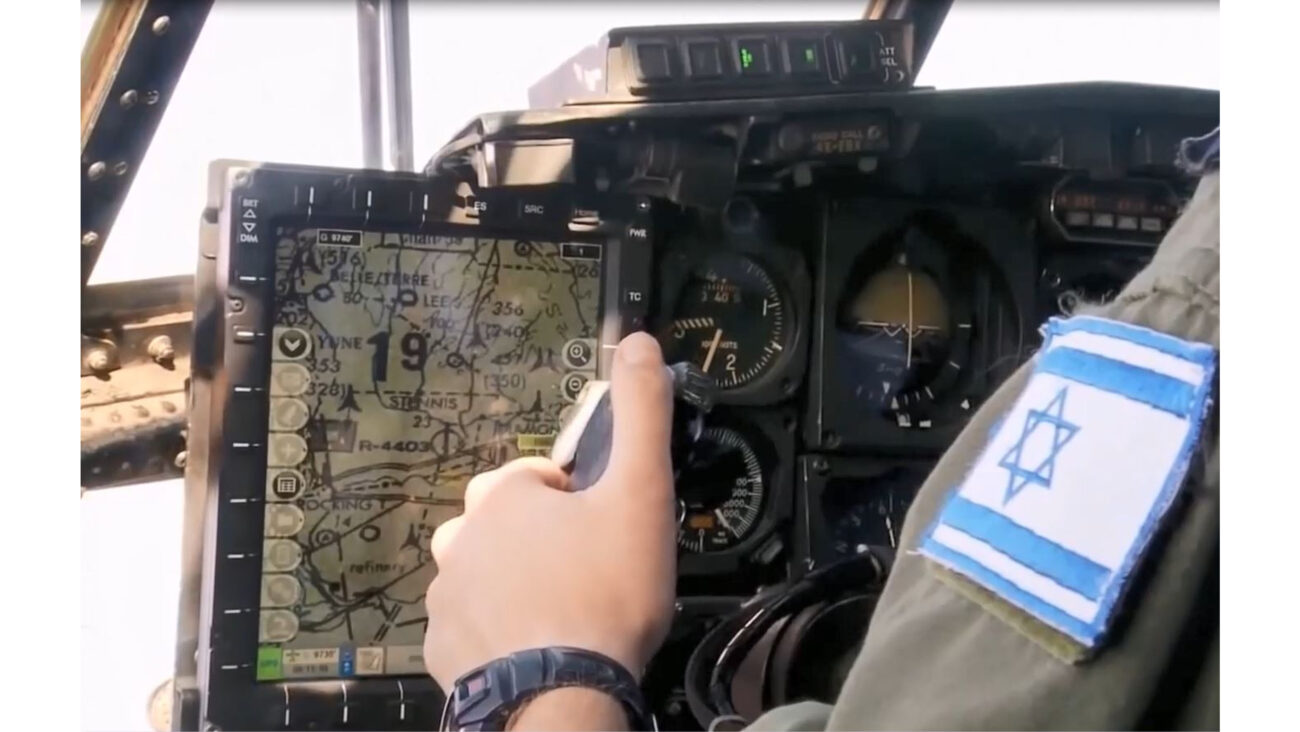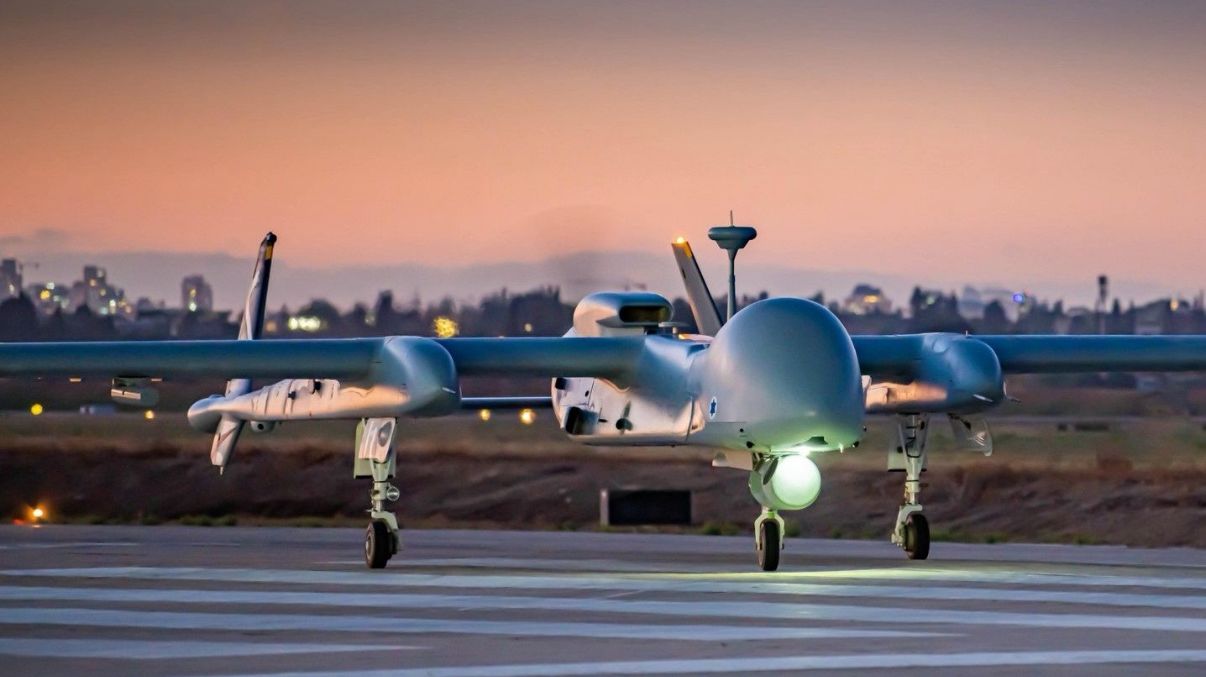Breaking the Copper Barrier: How Fiber Optics Revolutionizes Two-Way Radio Deployment

Enhancing Two-Way Radio Deployment with Fiber Optic Technology
Two-way radios, or transceivers, are essential communication tools that enable individuals and teams to transmit and receive audio or data signals in real-time. They provide seamless voice communication over short to medium distances without relying on complex infrastructure or cellular networks, making them indispensable in public safety, emergency response, security services, and military operations.
Modern two-way radios often incorporate digital encryption systems to ensure only authorized personnel can access sensitive communications. While this improves security, it also introduces challenges, particularly in high-security or mission-critical environments.
The Problem: Deployment Limitations of Traditional Two-Way Radios
In military and other sensitive markets, built-in encryption turns two-way radios into classified hardware. Strict controls dictate where and how they can be stored, transported, and operated. Leaving such equipment in unsecured areas creates serious risks.
Traditional copper coaxial cabling further exacerbates the issue. Copper suffers from high signal loss over long distances, reducing both transmission power and receiver sensitivity. This restricts how far an antenna can be placed from the radio, forcing compromises between optimal antenna placement and secure storage.
Often, antennas must be positioned at the center of the operational area to ensure proper coverage. Yet this position may not be suitable for the radio or its operator, creating an operational dilemma: expose classified hardware in the field or accept degraded coverage from long, lossy cables.
The Solution: Fiber Optic Remote Antenna Placement
Fiber optic technology offers a practical, secure solution. Using Radio over Fiber (RFoF) systems, legacy radios can connect to remotely placed antennas without experiencing performance loss. Fiber links span tens of kilometers, enabling antennas to be positioned for maximum effectiveness while radios remain safely housed in protected zones.
Advantages of Fiber Optic Connections
- Enhanced Personnel Safety: By distancing operators from antenna locations, antennas can be deployed in forward or exposed areas while classified radios stay secure. This reduces exposure to hostile environments and improves overall survivability.
• Low Signal Loss Over Distance: Fiber optics maintain transmit power and receiver sensitivity even across extended runs.
• Immunity to Electromagnetic Interference (EMI): Unlike copper, fiber is unaffected by EMI, ensuring stable transmission.
• High Bandwidth and Future-Proofing: Supports high data rates and multiple RF modulation types.
• Lightweight and Compact: Easy to deploy in mobile, tactical, or airborne applications.
With this approach, operators are no longer bound by coaxial limits. Networks of remote antennas can be linked to a central hub, whether in a secure command center, protected facility, or mobile operations unit.
Civilian Applications: Secure and Flexible Installations
The same benefits extend to civilian markets. In high-rise buildings, for example, radios can be installed in a secure server room while antennas sit on the rooftop. The fiber optic link ensures no loss in transmit power or receive sensitivity, regardless of distance. This improves security, simplifies maintenance, and enhances reliability.
Global Foxcom’s Radio Link Platform
Global Foxcom, an Israeli leader in RF and fiber optic solutions, specializes in both standard and custom RFoF systems for commercial and defense applications. The Radio Link platform extends the capabilities of legacy radios by harnessing the advantages of fiber optics.
Key Features of the Radio Link System
- High-Power Rack-Mount Versions: For fixed installations, offering up to 100 W of transmit power.
• Portable Tactical Units: Battery-operated, low-power models with rugged optical connectors for rapid deployment.
• Aerostat/Drone Variants: Lightweight models that elevate antennas hundreds of meters to expand coverage.
• Comprehensive RF Support: Compatible with all modulation types, including fast, non-standard frequency hopping.
• Remote Monitoring and Control: Over-the-fiber monitoring of antenna condition, transmit power, and other parameters.
Where fiber availability is limited, the system supports Dense Wavelength Division Multiplexing (DWDM), allowing multiple signals, including radio link, to share existing infrastructure without interference.
From Battlefield to Skyscraper: Expanding the Possibilities
With fiber optic remote antenna placement, two-way radio users can overcome the traditional constraints of copper cabling and strict security requirements. Military operations gain safer handling of classified hardware and flexible deployment of encrypted communications. Civilian users benefit from better installation options, reduced signal loss, and enhanced reliability in demanding environments.
Proven in the Field
Global Foxcom’s Radio Links are field-proven solutions, already deployed in multiple configurations with both military and civilian customers in Israel and worldwide. These real-world deployments demonstrate the system’s reliability, versatility, and the critical advantage of enhanced personnel safety in mission environments.
About Global Foxcom
With over 35 years of expertise, Global Foxcom delivers innovative RF and fiber optic solutions for both commercial and defense markets. Its portfolio includes fiber optic-based RF and satellite links, radio repeaters, Iridium and Inmarsat systems, GPS distribution, and custom MIL-rated components for telemetry and radar.
By integrating Radio over Fiber into two-way radio networks, Global Foxcom is redefining secure, long-distance, high-performance radio communications, making them more adaptable, efficient, and future-ready than ever before.
For more Information:
This content might interest you as well
More Categories
Related Posts
For more than fifty years, Astronautics (Israel) has developed and produced avionics systems such as advanced cockpit displays (glass cockpit),
How is artificial intelligence changing the way militaries and security organizations analyze intelligence? Artificial intelligence enables the processing of enormous
Israel’s defense-tech revolution is not happening in a vacuum. At the heart of it stands MAFAT (the Israel Ministry of
By: Anat Messing David Ben-Gurion viewed the defense industry as one of the means to close the numerical gap between

















